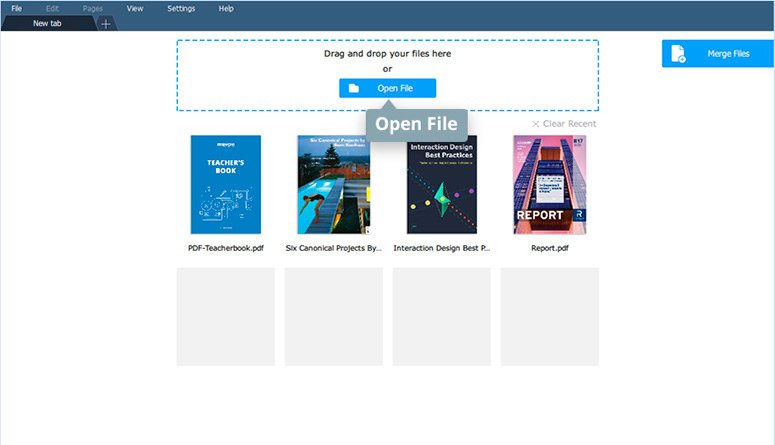
The ADM's App Central provides links to more than 280 downloadable Asustor and third-party apps. The Activity Monitor lets you monitor CPU, memory, network traffic, and disk usage, and you can see which services are running and how much memory each service is currently using. To enable SAMBA, CFIS, and Mac file services, join a network group, and enable SNMP network monitoring, tap the Services icon, and to configure network settings, control fan speeds, and configure energy-saving settings, tap the Settings icon. Backup and Restore allows you to configure and schedule local and cloud backups, restore a previous backup, and configure remote syncing. Tapping the Access Control icon allows you to add and remove users, create user groups, assign access rights to folders and apps, and create shared folders, and tapping the File Explorer icon takes you to a screen where you can manage files and folders.

If you're using the Btrfs file system, this is where you can access Snapshots (backup images). To create RAID volumes, configure iSCSI (Internet Small Computer Systems Interface) targets, and check the health of each installed disk, use the Storage Manager icon. The Asustor Data Manager (ADM) operating system, which is used by both the AS5304T and the AS5202T, is easy to use and offers colorful desktop icons that make it simple to configure the NAS. A single 120mm fan keeps everything cool. The device supports Btrfs and EXT4 file systems and RAID levels 0, 1, 5, 6, 10, JBOD, and Single Disk. An expansion unit gets you a total of 256TB of storage. It supports 4K video decoding and can be populated with up to 64TB of internal storage.

The AS5304T is powered by an Intel Celeron J4105 quad-core processor running at 1.5GHz, 4GB of DDR4 RAM (expandable to 8GB), and 4GB of flash memory. The LAN ports support link aggregation that can bring combined throughput speeds of up to 5Gbps, or they can be used for load balancing and network failover. The rear panel holds two 2.5-gigabit Ethernet ports, two additional USB 3.2 ports, an HDMI port, and a power port. The front of the enclosure has LED indicators for power, system status, hard drive activity, network activity, and USB activity, as well as a power button, a One-Touch Backup button, and a USB 3.2 port.



 0 kommentar(er)
0 kommentar(er)
